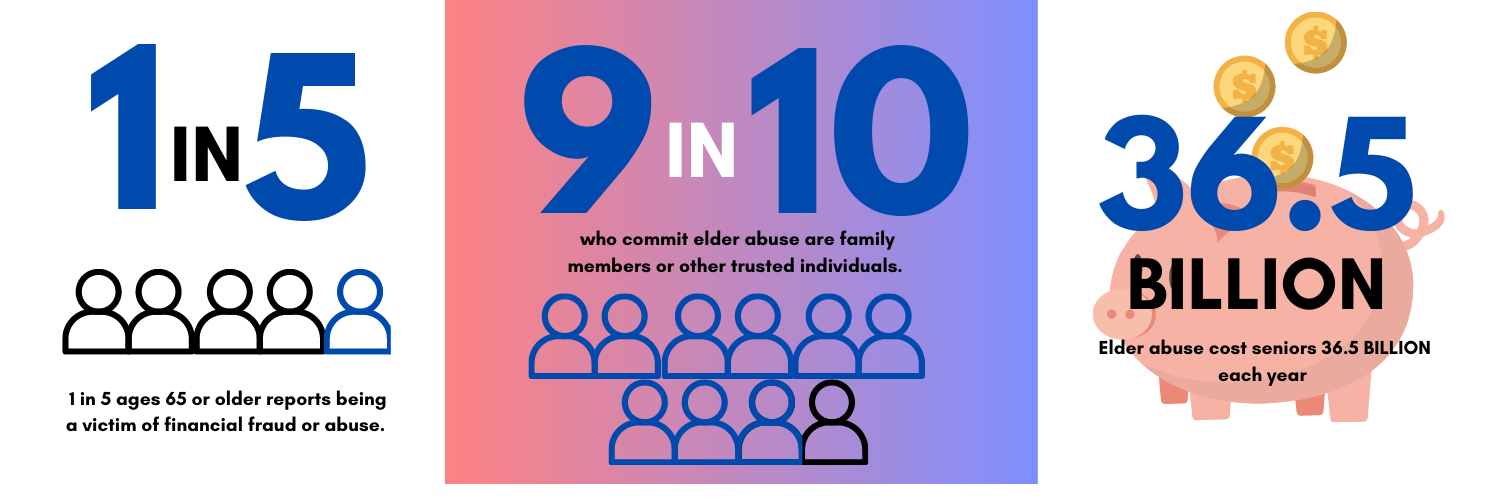Fraud Prevention
Credit unions are committed to keeping electronic payments secure by identifying and eliminating deceptive practices.

Types of Fraud
Credit Card Fraud
As more and more of our financial lives have shifted online, credit unions have stepped up as a trusted partner for ensuring digital security. As of June 2022, there were 3,183 credit unions providing credit card services to nearly 24 million members. Credit unions remain committed to helping all stakeholders limit the effects of credit and debit card fraud: whether it’s merchants, payment processors, payment networks, or members.
Covid-19 led to a surge in “card not present” transactions in 2020 as lockdown restrictions led to an increase in online sales. This category now accounts for the fastest growing form of debit and credit card fraud. Merchant payments grew by 24% from 2020 to 2021 and now account for more than $9 trillion in the United States alone. This robust and critical network offers ample opportunities for bad actors to exploit hard-working individuals and families – often without their knowledge at all.
Elder Exploitation
According to the Bureau of Consumer Financial Protection, elder financial exploitation is one of the most common and devastating forms of elder abuse and fraud. It can destroy the financial security of an older adult at a vulnerable stage of life. Financial exploitation can negatively impact physical and emotional health or shorten an older person’s lifespan. Examples of abuse include, but are not limited to, cashing an elderly person’s checks without authorization or permission; forging an older person’s signature; misusing or stealing an older person’s money or possessions; coercing or deceiving an older person into signing any document (e.g., contracts or will); and the improper use of conservatorship, guardianship, or power of attorney.

Sources: U.S News and World Report. The National Council of Aging, U.S. Department of Health and Human Services, American Journal on Public Health
Sources: U.S News and World Report. The National Council of Aging, U.S. Department of Health and Human Services, American Journal on Public Health
There has also been a surge in recent texting scams aimed at stealing personal and financial information. Known as “smishing,” these fraudulent text messages appear to be from a consumer’s financial institution and try to trick them into revealing their account number or other personally-identifiable information. According to recent reports from the Internal Revenue Service, thousands of fraudulent domains tied to multiple MMS/SMS/text scams have been reported in 2022. In recent months, smishing attempts have increased exponentially.
Smishing campaigns target mobile phone users, and the scam messages often look like they’re coming from a credit union or bank directly. Some scams may ask users to click a link to access their accounts. The sense of urgency, misspelling and need for specific financial information should all be red flags. The scammers pretend that they already know sensitive information about you, and the text may even be spoofed to display the website or phone number of the organization the scammer claims to represent.
How Credit Unions Are Protecting Members:
Credit unions provide a full range of financial services, including financial management, retirement planning, and credit counseling to members. The member-owner relationship means credit unions dedicate substantial resources to assist members in living healthy financial lives and are in a key position to assist regulators and law enforcement in the deterrence of scams.
With the support of AARP’s BankSafe training, we combine industry knowledge and experience with state-of-the-art, online learning experience. AARP worked with more than 2,000 financial industry professionals to develop the training platform’s content and interactive scenarios. The platform is one of few designed specifically for frontline staff, supervisors, financial advisors and compliance officers.
Users learn how to identify potential financial exploitation and take the right actions to stop it. In fact, researchers from Virginia Tech Center for Gerontology found that employees trained with AARP BankSafe were able to save an average of 16 times more money per employee from financial exploitation than employees trained with other methods.
How Members Can Work With their Credit Unions to Protect Themselves:
- Immediately report abuse – Regularly monitor your account for suspicious activity. Promptly contact local law enforcement and your credit union if you suspect that you have been a victim of fraud.
- Consider giving a trusted relative or friend access to monitor transactions – Allow someone you trust to monitor your account for things that don’t look right—without giving that person the right to access your funds.
- Ask about “convenience” or “agency” accounts – These accounts are set up so that your money is used for your benefit, but they allow a relative or friend to assist with writing checks, paying bills and other account business. Make sure you select someone trustworthy to be your helper.
- Create a power of attorney or other advance plan – Plan ahead by giving a trusted person the legal authority to make financial decisions for you if you cannot. Make sure your credit union has a record of who can manage your money if you become unable to do so.
- Many credit unions have numerous resources on how you can protect yourself and your loved ones from scams and exploitation.



